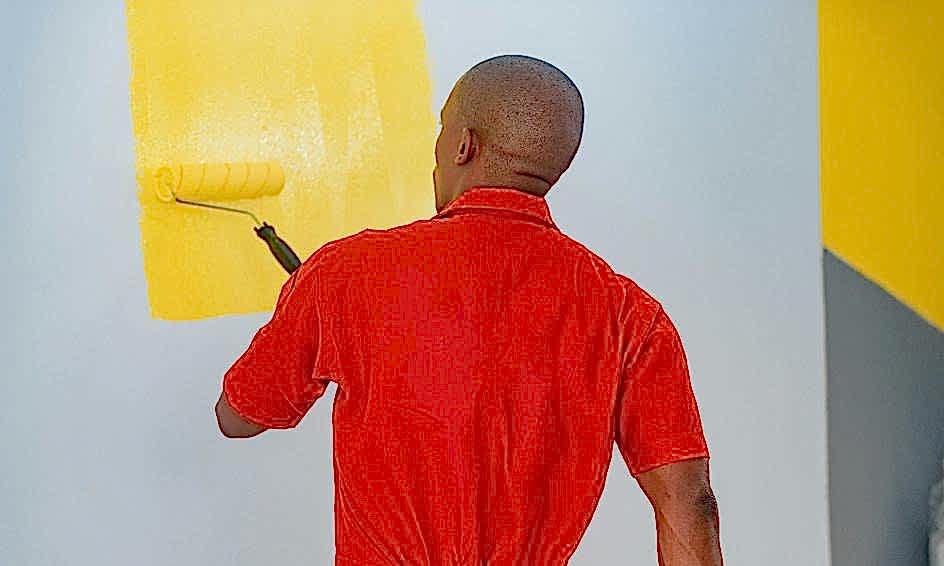Thinking about painting the outside of your home? Whether you're sprucing up kerb appeal or protecting your property from the unpredictable British weather, exterior painting is one of the most impactful upgrades you can make. But it’s also a job that requires good planning, the right tools, and a bit of know-how.
There’s more to it than just looks. Here’s why you should consider giving your property a fresh coat:
- Boost kerb appeal – whether you’re thinking of selling or just want to take pride in your home.
- Weather protection – high-quality paint helps shield walls from moisture, mould, and UV damage.
- Cost-effective maintenance – painting can extend the life of your render, brick, or cladding by protecting it from wear and tear.
Ideally you need to paint outside when the temperature is between 10 and 20°C, with no risk of frost or heavy rain for at least 24 hours, which means that spring is the perfect time to do a bit of outside decorating, provided you can find at least a couple of dry days.
What you’ll need
- Exterior masonry or weatherproof paint (we’ll get to choosing the right one in a moment)
- Rollers and brushes
- Ladder or scaffolding (for safety, consider professional help for high areas)
- Dust sheets and masking tape
- Filler and sandpaper (for prepping surfaces)
- Wire brush or pressure washer (to clean walls)
Choosing the right paint
Exterior walls come in different materials: brick, render, pebbledash, timber, or cladding. Each needs a paint that’s tough enough to withstand rain, wind, and temperature shifts.
Look for:
- Masonry paint (for brick, stone, and render)
- Flexible paint (for surfaces that expand/contract)
- Silicone-based or waterproof formulations (great for wetter regions)
Your step-by-step guide
1. Prepare
Clean the walls with a wire brush or power washer to remove dirt, flaking paint, and algae. Fill any cracks or holes with exterior filler and sand down rough patches and let surfaces dry thoroughly. Make sure that you cover windows, doors, and patios with sheets and masking tape.
2. Prime
If you’re painting bare masonry, new render, or switching to a lighter colour, apply a masonry primer first.
3. Paint
Use a roller for large flat areas and a brush for edges or textured surfaces. Work from top to bottom to control drips. Two coats are usually best but make sure that you allow proper drying time between them (check your paint tin for guidance).
4. Clean
Wash brushes and rollers, remove protective sheets, stand back, and admire your handiwork!
Doing external paintwork yourself can save you money, but it still involves a fair amount of work and investing in relatively expensive paint. So if you’re not 100% confident, it’s a good idea to employ a professional painter and decorator to do the job properly and safely, especially if you need scaffolding, there is damage to the exterior that needs fixing first, or you are short of time. Check out Trust A Trader’s directory to find a vetted and rated painter and decorator near you. For more advice, follow us on Facebook or X.
